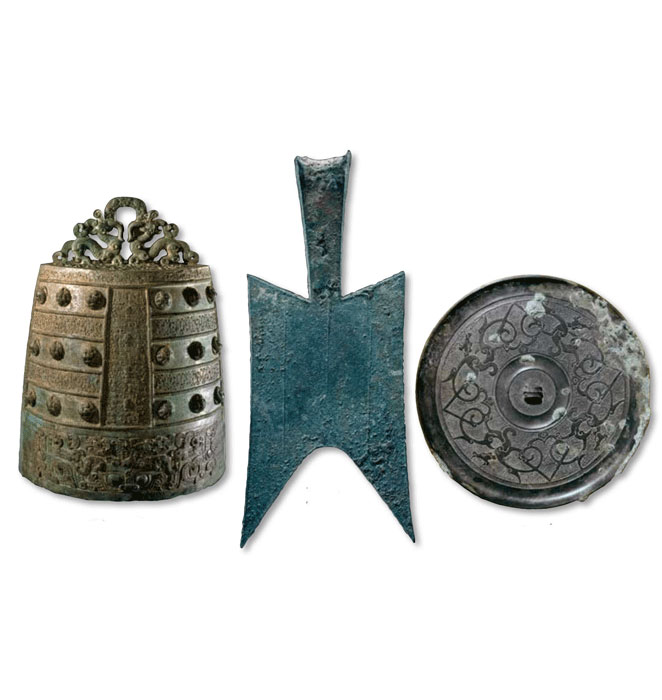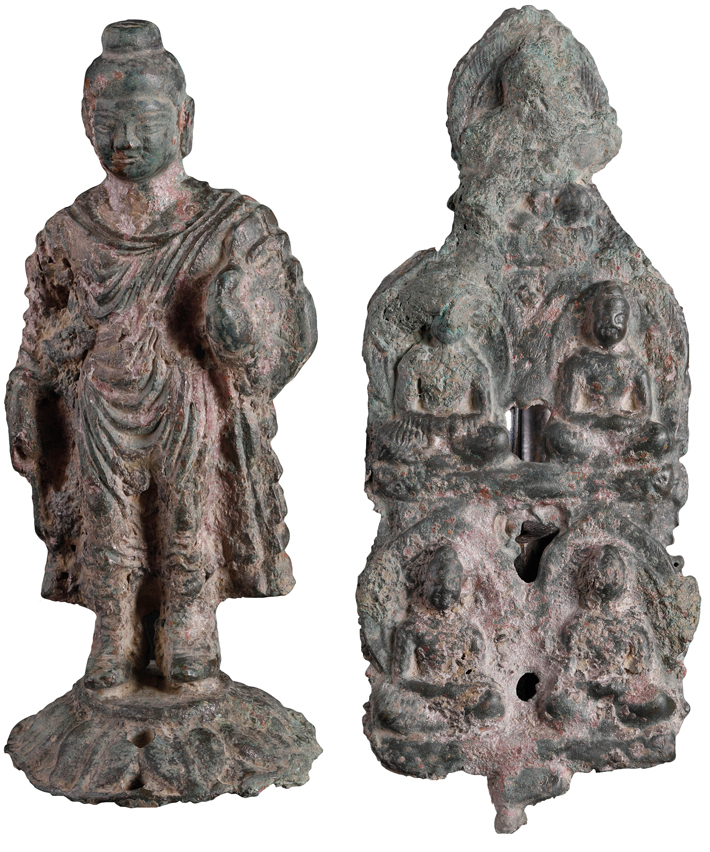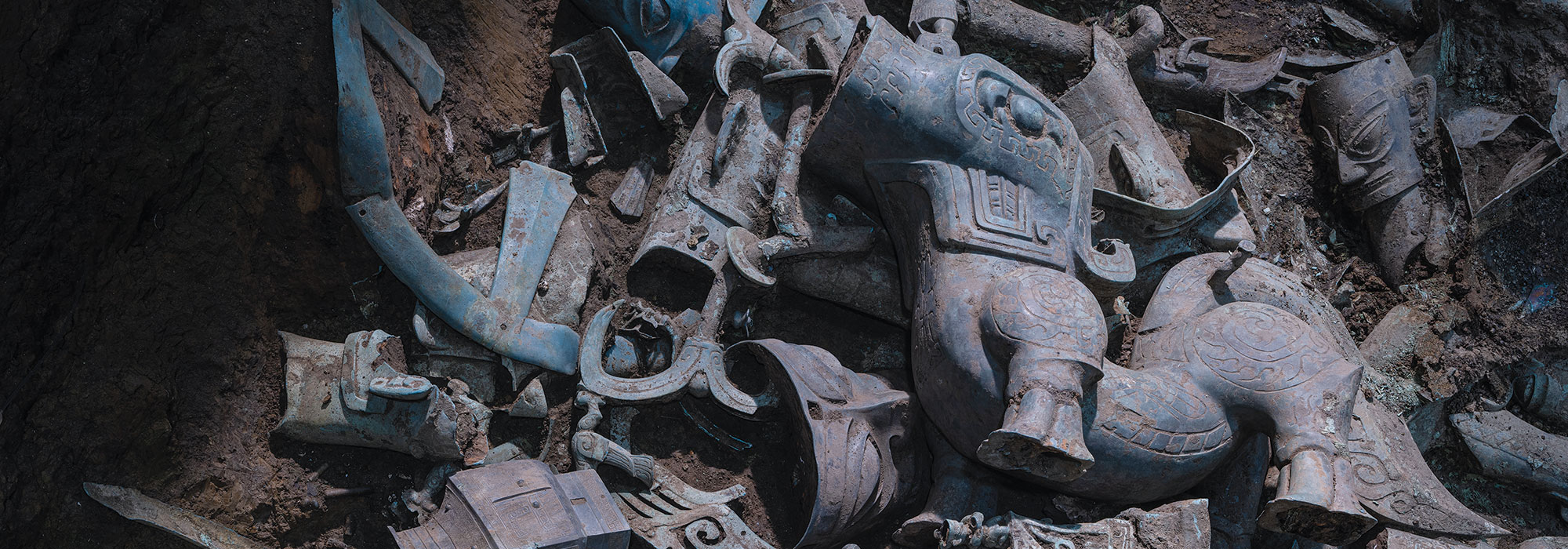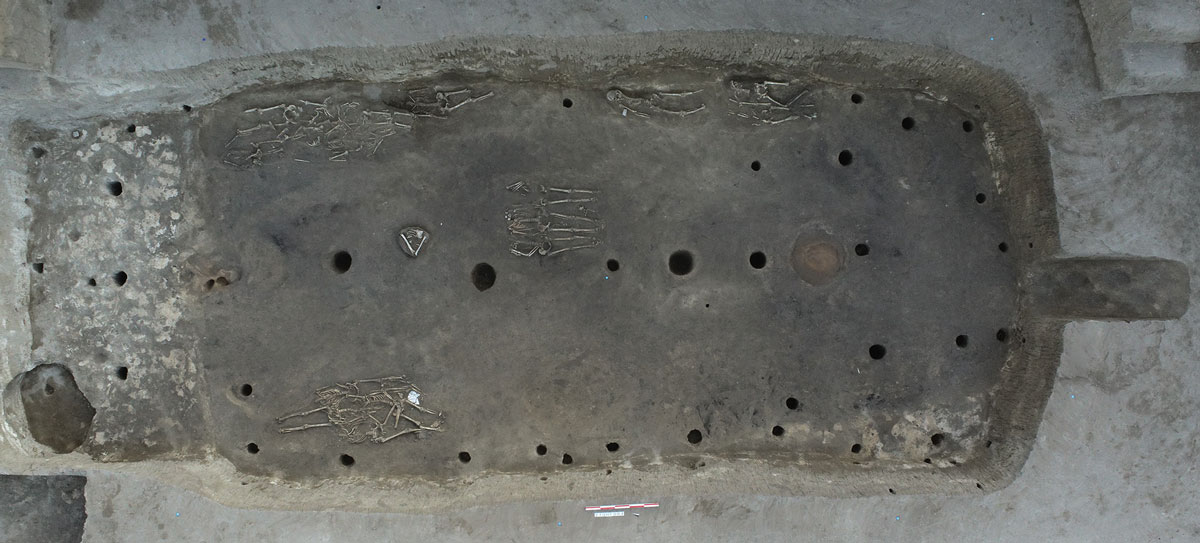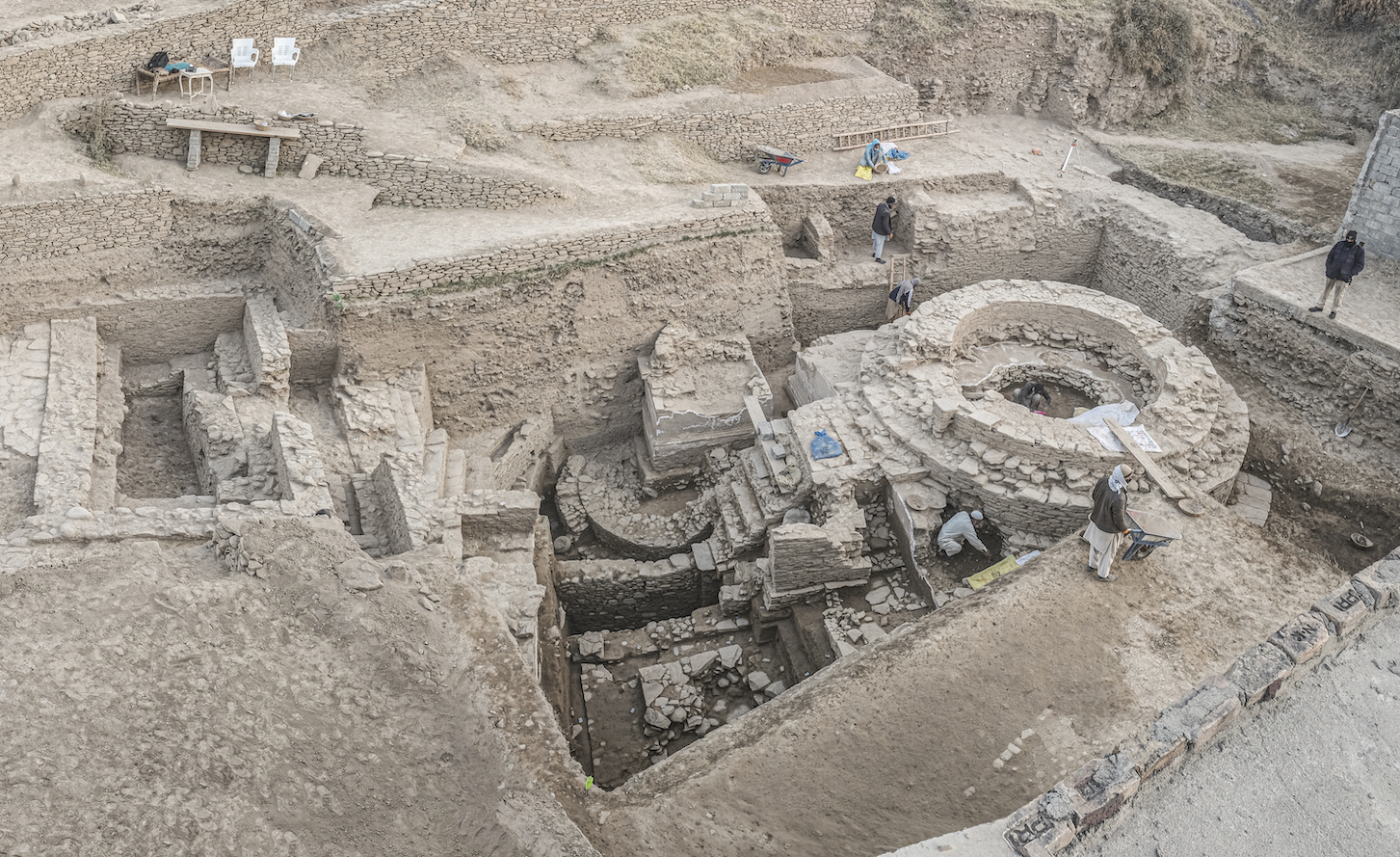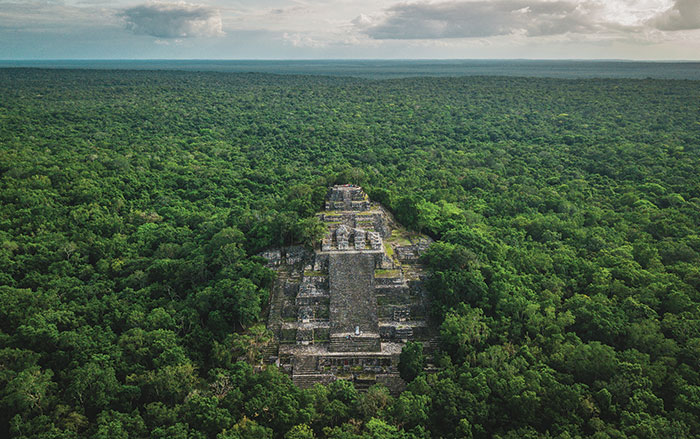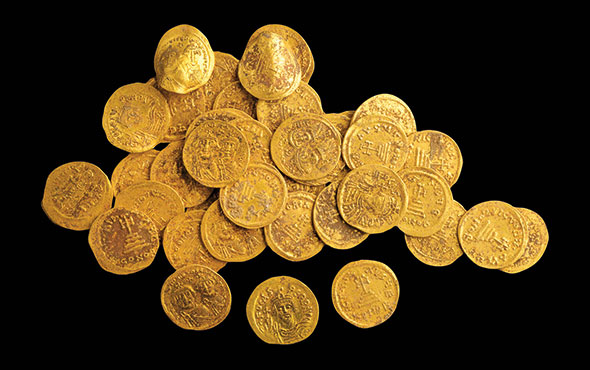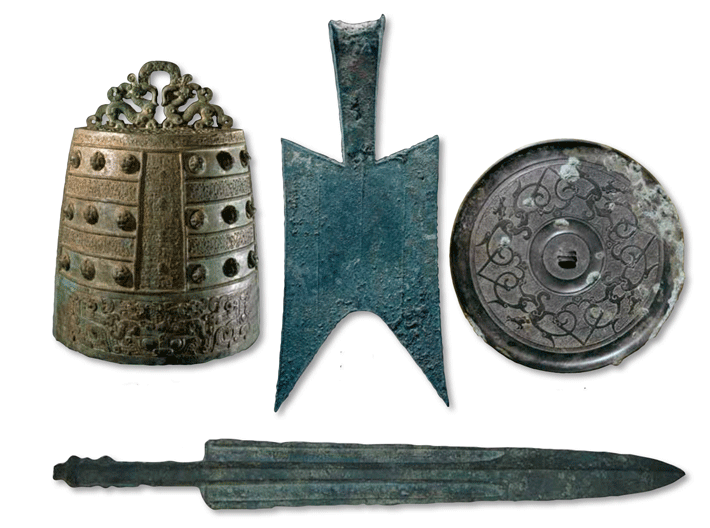
The Rites of Zhou, an administrative text dating to late in China’s Eastern Zhou Dynasty (771–256 B.C.), includes six recipes for creating bronze objects such as bells, mirrors, and swords based on the combination of two ingredients: Jin and Xi. Some scholars have assumed that Jin was copper and Xi was tin, but if this were the case, the recipes would have produced metal with far higher tin concentrations than has been detected in Eastern Zhou bronze items. Moreover, these bronze artifacts generally contain at least 10 percent lead. While lead can be a contaminant in copper, this would not account for the levels of lead that have been measured.
Ruiliang Liu, early China collection curator at the British Museum, and archaeologist A. M. Pollard of the University of Oxford propose that Jin and Xi were actually alloys. The recipes could work, they calculate, if Jin were roughly 80 percent copper, 15 percent tin, and 5 percent lead, and if Xi were equal parts copper and lead. This could mean that Jin and Xi were mixed before being delivered to workshops where bronze objects were produced. However, given the wide variability in the proportions of metals in Chinese bronze items from the time, it seems that the recipes in the Rites of Zhou conveyed an illusion of uniformity lacking in practice. “The alloying composition is all over the place, which means that the people in the workshops were never following these recipes very strictly,” says Liu. “They were doing whatever they liked, and the archaeological materials show that.”


